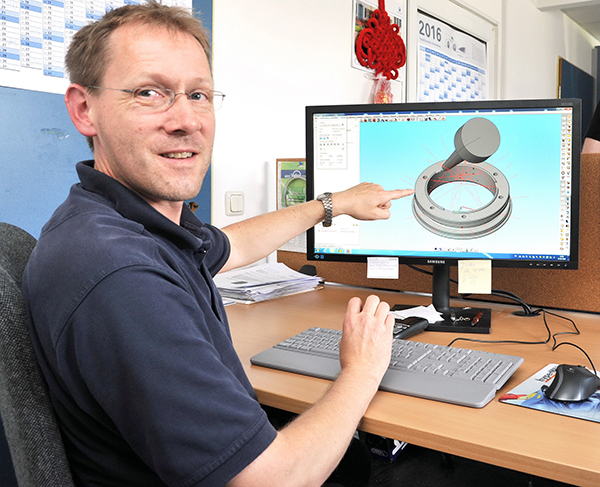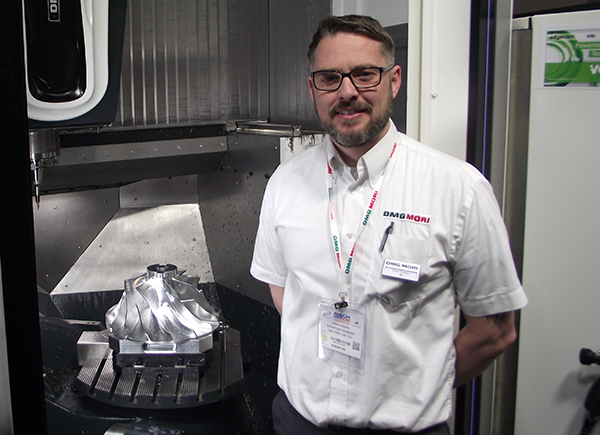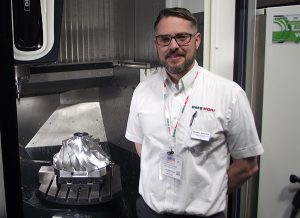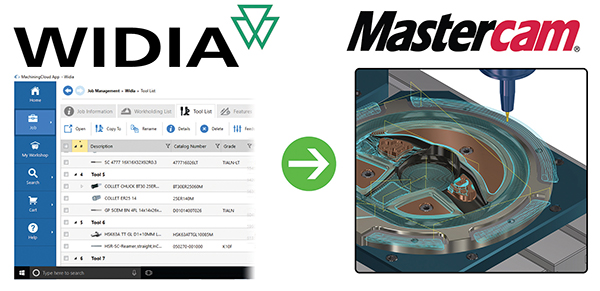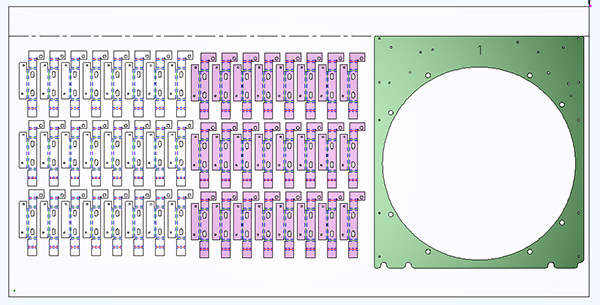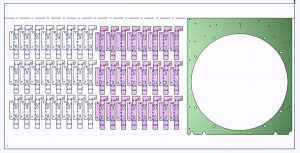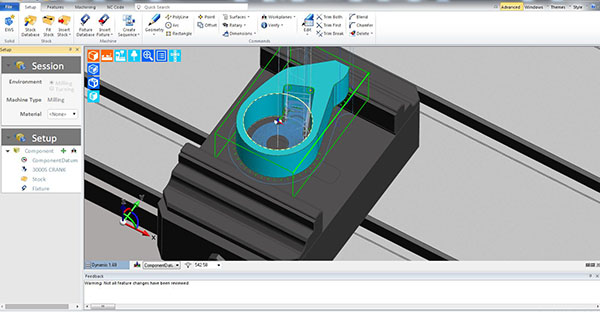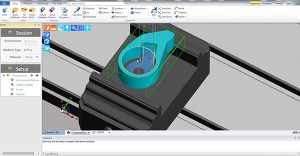Maintaining maximum precision while working more efficiently is something the Hirschvogel Automotive Group has been able to achieve using the HyperMill CAM program from Open Mind.
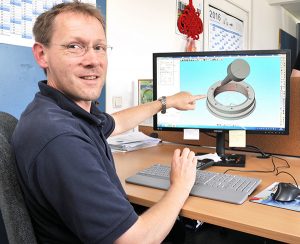
The amount of programming required has dropped dramatically and there has been a double-digit percentage reduction in machining times. Furthermore, one important side effect is that there is much less stress on tools and machines.
Hirschvogel manufactures powertrain parts, chassis frames, engines, gears, and diesel and fuel injection components which are increasing at such a rate that the company will shortly achieve a turnover of €1bn. The Denklingen plant manufactures parts using hot, warm and cold forming processes, and rotary swaging operations. Without a high degree of technical expertise in the area of toolmaking, it would not be possible to ensure the required quality of the products. The latest manufacturing technology has an important role, too; plans were first put in place during 2013 to switch from the previous CAM system to a more powerful solution.
Although 13 CAM suites were initially considered, the company opted for HyperMill as it reduced programming times significantly. This factor was important as toolmaking typically involves small batch sizes; around 200,000 tools are produced each year by Hirschvogel, with batch sizes fluctuating between one and 24. The tools weigh between 100 g and 12 tonnes, and are manufactured on 32 machining centres, 17 of which are of five-axis configuration.
“In the past, when I developed a five-axis NC program for a toothing stamp, I had to wait for about one and a half hours for the paths to be calculated, but with HyperMill the paths are calculated in around five minutes,” says NC programmer Günter Fasching, providing an example of the savings achieved.
For further information www.openmind-tech.com






